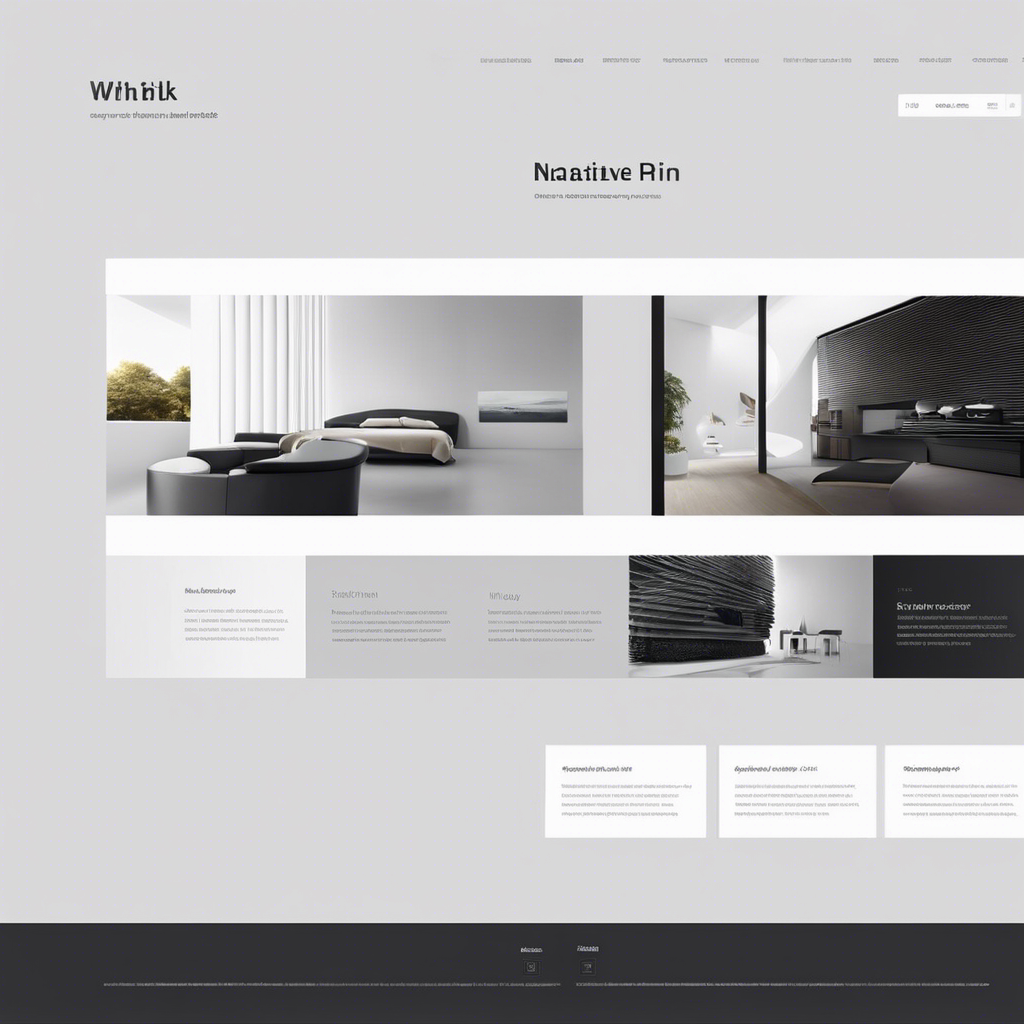Have you ever visited a website that was so beautifully designed and easy to navigate that you couldn’t help but stay longer and explore?
Well, that’s exactly the impact of design (UI & UX) on search engine optimization (SEO). When a website is thoughtfully designed with a user-friendly interface and intuitive navigation, it not only captivates visitors but also improves their overall experience.
This, in turn, leads to increased user engagement, higher conversion rates, and improved customer satisfaction.
By paying attention to elements like layout, typography, color, imagery, and visual hierarchy, businesses can create a seamless and visually appealing online experience that not only attracts new customers but also enhances their SEO performance.
Key Takeaways
- Design plays a crucial role in enhancing user engagement and satisfaction in SEO.
- User research, streamlined navigation, personalization, and continuous improvement through user feedback are key elements of UI and UX for SEO.
- Optimizing website navigation and incorporating mobile-friendly design are essential for improving SEO performance.
- Designing visually appealing interfaces and tailoring products to individual preferences are effective ways to increase user engagement in SEO.
Importance of Design in SEO
Design plays a crucial role in SEO by enhancing user engagement and satisfaction. A well-designed User Interface (UI) and User Experience (UX) can create a visually appealing and intuitive user interface, which leads to increased user engagement.
When users find a website or product visually appealing and easy to navigate, they’re more likely to stay longer and explore further, which positively impacts SEO.
Additionally, a seamless user experience helps in minimizing cognitive load and ensuring clear and concise information delivery, which further enhances user satisfaction.
Incorporating user feedback and continuously improving the design based on user preferences and behaviors also contributes to higher user engagement and satisfaction.
Key Elements of UI and UX for SEO
When it comes to optimizing your website for search engines, you need to consider the key elements of UI and UX that contribute to a seamless user experience. UI (User Interface) and UX (User Experience) design play a crucial role in search engine optimization (SEO) by impacting user engagement and satisfaction.
To create a successful UI and UX design, it’s important to conduct user research and understand their needs and preferences. Streamlined navigation and interaction, personalization and customization, continuous improvement through user feedback and iterative design, visual appeal and emotional design, and user-centric experiences are key elements that can positively impact SEO.
Enhancing User Engagement Through Design
To enhance user engagement, focus on optimizing the design. Conduct user research to understand your audience’s needs and preferences. By making changes based on this research, you can create clear and intuitive UI elements that improve user satisfaction.
Measuring user engagement through analytics and feedback allows you to continuously iterate and design interfaces that provide engaging experiences. Understanding users’ emotions and preferences, you can design visually appealing interfaces that evoke positive emotions and increase user engagement.
Personalization and customization options also enhance engagement by tailoring the product to individual preferences. By providing engaging experiences, users are more likely to recommend and stay loyal to your product.
Optimizing Website Navigation for SEO
You can optimize your website navigation for SEO by ensuring clear and intuitive pathways for users.
UI and UX design play a crucial role in creating intuitive navigation that meets users’ needs.
Start by organizing your website’s information architecture in a logical manner, grouping related pages and content together.
Use visual elements such as menus, breadcrumbs, and navigation bars to guide users as they take steps to explore and use your product or service.
Make sure that the navigation labels are descriptive and easy to understand.
Incorporate search functionality to allow users to quickly find the information they need.
Impact of Mobile-Friendly Design on SEO
Now, it’s important to consistently prioritize a mobile-friendly design for optimal SEO performance.
With the increasing use of mobile devices for browsing and searching, having a website that’s responsive and user-friendly on mobile is crucial.
Search engines like Google prioritize mobile-friendly websites in their mobile search results, which can significantly impact your SEO rankings.
A mobile-friendly design ensures that your website adapts to different screen sizes, providing a positive user experience. This leads to lower bounce rates and higher user engagement, both of which are important factors for search engine rankings.
Additionally, a mobile-friendly design allows users to easily interact with your products and services, improving customer lifetime value.
Frequently Asked Questions
Why UI Design Is so Important?
UI design is important because it determines the visual appeal, engages users, and ensures easy navigation. It represents your brand and optimizes conversions. Mobile responsiveness, accessibility, information hierarchy, and user satisfaction are key factors in UI design.
What Is the Impact of User Experience Design?
The impact of user experience design is immense. It boosts user engagement, improves conversion rates, enhances website usability, strengthens brand credibility, increases customer satisfaction, optimizes mobile experience, streamlines navigation, enhances visual appeal, optimizes information architecture, and meets accessibility standards.
What Is the Benefit of UI Designer?
The benefit of a UI designer is improving user engagement through design strategy, visual communication, and user-centered design. They enhance brand identity, incorporate user interface trends, and utilize design psychology to create a seamless and user-friendly experience.
What Impact Do I Want to Achieve as a UI UX Designer?
You want to achieve career growth as a UI/UX designer by focusing on user satisfaction, competitive advantage, conversion rate optimization, brand loyalty, user engagement, enhanced usability, increased website traffic, improved user retention, and positive user reviews.




